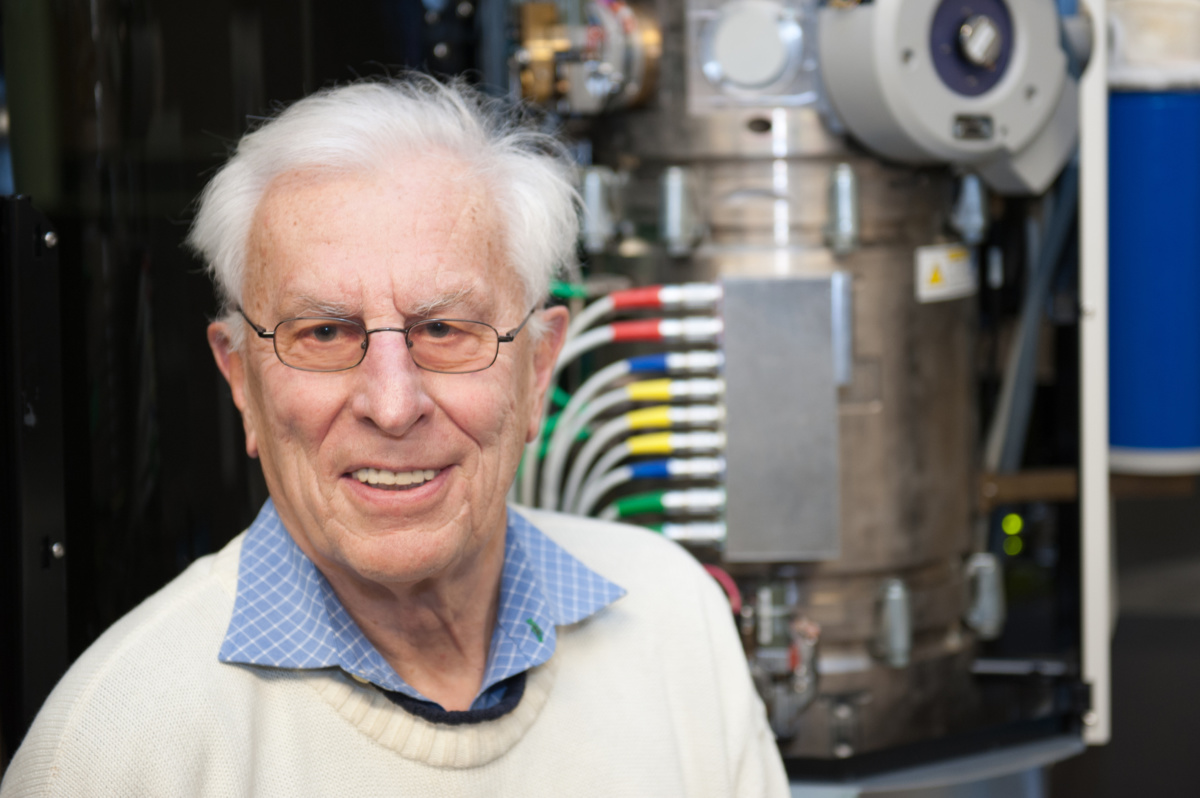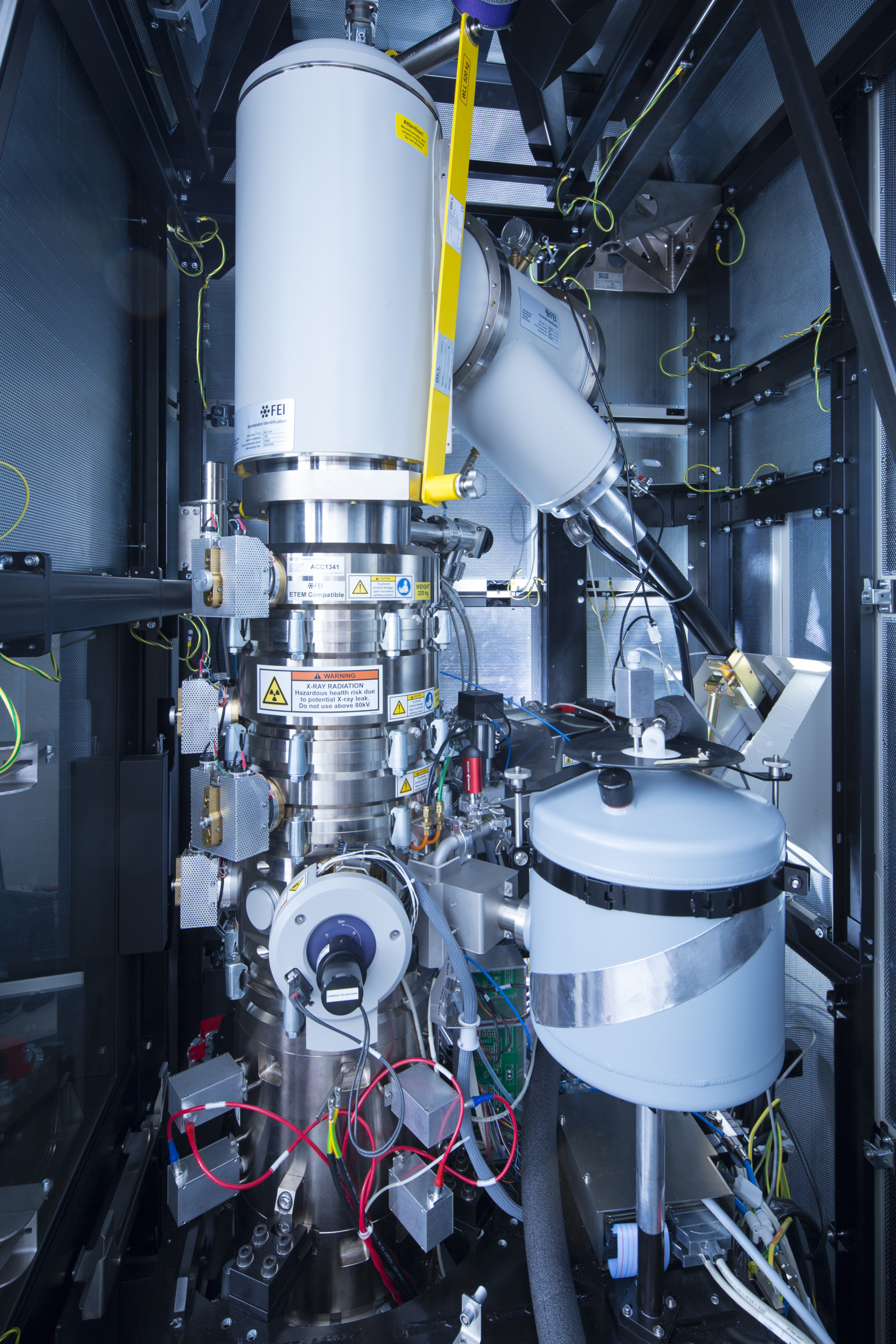In May, the Norwegian Academy of Science and Letters announced the 2020 Kavli Prize Laureates in the fields of astrophysics, nanoscience and neuroscience. This year’s Kavli Prize honours scientists whose research has transformed our understanding of the very big, the very small and the very complex. Among the laureates, who share USD 1 million in each field, is Professor Harald Rose, physicist at Ulm University.
The Kavli Prize in Nanoscience is awarded to four scientists for their research and inventions of aberration-corrected lenses in electron microscopes that have created the ability for researchers worldwide to see the structure and chemical composition of materials in three dimensions on unprecedentedly short-length scales: Harald Rose of Ulm University and Technical University of Darmstadt, Maximilian Haider of CEOS GmbH, Knut Urban of the Forschungszentrum Jülich, and Ondrej L Krivanek of Nion Co.

A major goal of nanoscience is to create materials and devices assembled with atomic scale precision to obtain novel functionalities. The size of an atom is around one ångström (0.1 nanometer), so imaging and analysis of materials and devices at the sub-ångström scale is crucial to illuminate the details of the nanoscale world. In the early part of the 20th century beams of electrons with atomic-scale wavelength became available, leading to the invention of the transmission electron microscope in 1931. But the resulting images were distorted and blurry because making ideal lenses to focus beams of electrons turned out to be a big theoretical and experimental hurdle. Thanks to their insights, skills and the increase in computational power in the 1990s, Harald Rose and his fellow reaearchers were able to construct aberration-corrected lenses relying on electromagnetic fields to focus beams of electrons, making sub-ångström imaging (less than one ten-billionth of a metre) and chemical analysis in three dimensions a standard characterization method.
Cover picture by Heiko Grandel: Professor Harald Rose was – like Maximilian Haider of CEOS – significantly involved in the development of the Ulm super microscope SALVE, which was completed in 2016. The SALVE device is the world’s first double error corrected low voltage transmission electron microscope. It can also be used to investigate electron beam-sensitive materials such as graphene.










